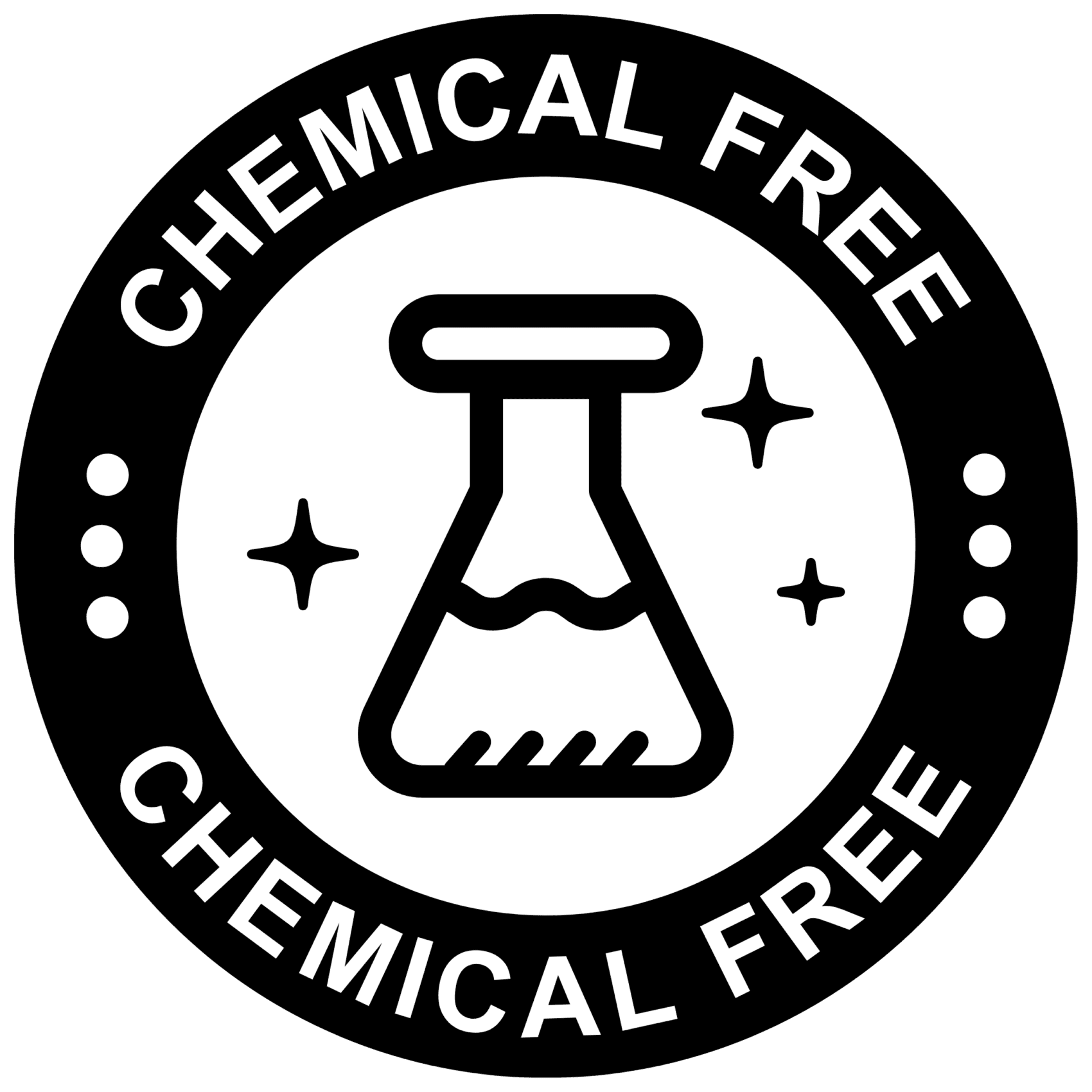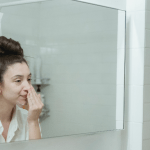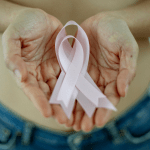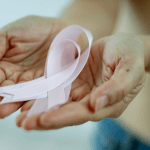Introduction to Phthalates
Phthalates, pronounced “thal-ates,” are a group of chemicals primarily used to make plastics more flexible and harder to break. They are often referred to as plasticizers. Some phthalates are used as solvents for other materials. They are used in a wide array of products, including toys, vinyl flooring, wall coverings, detergents, lubricating oils, food packaging, pharmaceuticals, blood bags and tubing, and personal care products like soaps, shampoos, and nail polishes.
Prevalence in Daily Life
Due to their widespread use in everyday items, phthalates are nearly ubiquitous in modern life. They can be found in household dust, processed materials, and, to some extent, food and water. Human exposure can occur through direct contact with phthalate-containing products, ingestion of phthalate-contaminated foods or dust, inhalation of phthalates from the air, and, less commonly, through the skin.
Recent Calls for Regulation
Recent years have seen a growing concern over the potential health effects of phthalates, particularly on children. This has led to calls for stricter regulation of these chemicals. Some phthalates have been banned or restricted in children’s toys and other consumer products in several countries, including members of the European Union and the United States. However, despite these regulations, exposure to phthalates remains a concern due to their continued use in many other products.
Scope of Article
This article aims to explore the health risks associated with phthalates, particularly as they pertain to children’s health. We will delve into the sources of phthalate exposure, the potential effects on pregnant women and children, and the mechanisms by which these chemicals can cause harm. Additionally, we will discuss strategies for identifying phthalate-containing products and mitigating risks, as well as the role of regulation and industry in managing phthalate use. Our goal is to provide a comprehensive overview of the current knowledge surrounding phthalates and their impact on children’s health.

Do you have the most commonly used but toxic, disease bringing chemicals in your skin care? Many chemicals in skincare are hormone disruptors and make menopause symptoms worse.
Find out more…
Health Risks Associated with Phthalates
Impact on Pregnant Women and Fetal Development
Phthalates, particularly those like di-2-ethylhexyl phthalate (DEHP) and butylbenzyl phthalate (BBzP), have been linked to adverse outcomes in pregnancy and fetal development. Studies have shown that prenatal exposure to these chemicals can lead to premature delivery, and alterations in the physical development of infants. Furthermore, endocrine disruption caused by phthalates can affect the fetal testosterone production, leading to potential genital malformations in male infants. The fetus is highly sensitive to these effects, with the potential for long-term health implications.
Effects on Children’s Health and Development
Children are particularly vulnerable to phthalate exposure due to their hand-to-mouth behaviors and the fact that their organs and systems are still developing. Exposure to phthalates has been associated with a range of developmental issues, including neurodevelopmental delays, behavioral problems, and increased risk of allergic diseases such as asthma and eczema. Notably, phthalates like DEHP and BBzP have been consistently reported to increase the risk of allergic diseases in children.
Endocrine Disruption and Hormonal Imbalance
Phthalates are known endocrine-disrupting compounds (EDCs) that can interfere with the body’s hormone systems. They mimic, block, or alter hormone signals, potentially leading to hormonal imbalances. This disruption can have profound effects on the reproductive system, growth, metabolism, and pubertal development. In boys, prenatal exposure to certain phthalates has been linked to shorter anogenital distance, a marker of fetal testosterone levels.
Vulnerable Populations
While phthalates are found in nearly everyone, certain populations are more burdened. Minority women and communities living near industrial areas often have higher levels of exposure. Infants and young children may experience higher phthalate levels due to their frequent interaction with plastic products. Additionally, individuals with chronic diseases requiring medical interventions may be exposed to higher levels of phthalates through medical devices and medications.
Sources of Phthalate Exposure
Phthalates in Food Packaging and Processing
Phthalates are commonly found in food packaging materials, particularly in soft plastics. These chemicals can leach into food products during processing, storage, and even when microwaving food in plastic containers. High molecular weight phthalates such as di-(2-ethylhexyl) phthalate (DEHP) are often used as plasticizers in cling wraps, plastic films, and other food packaging, posing a risk of ingestion. Studies have shown that fatty foods, such as cheese and meats, can absorb higher amounts of phthalates from packaging, leading to increased human exposure.
Personal Care and Household Products
Personal care products, including shampoos, soaps, lotions, and cosmetics, often contain phthalates as solvents and fragrance carriers. Low molecular weight phthalates like diethyl phthalate (DEP) are prevalent in these products. Household items like cleaning agents, laundry detergents, and air fresheners also contribute to indoor phthalate exposure through inhalation and dermal contact.
Building Materials and Furnishings
Phthalates are integral components in the production of flexible vinyl flooring, wall coverings, and furniture upholstery. Building materials such as adhesives, sealants, and paint can also contain phthalates, which may off-gas into the indoor environment. The presence of these materials in homes and buildings can lead to chronic exposure through inhalation and dust ingestion, particularly for children who have frequent hand-to-mouth activities.
Differential Exposure Based on Lifestyle
Lifestyle choices can significantly influence phthalate exposure levels. For instance, frequent use of plastic containers for food and beverages, reliance on processed and packaged foods, and the use of personal care products with synthetic fragrances can increase exposure. Additionally, occupational exposure can vary based on industry practices, with workers in plastic manufacturing or beauty services potentially facing higher levels of phthalates.

Feeling You Have a Right to Safe Beauty & Fem Care?
If so, it may be time for a change. It starts with knowledge. We have a few suggestions in our new guides.
Identifying Phthalate-Containing Products
Labeling Challenges and Loopholes
Identifying products that contain phthalates can be a daunting task for consumers due to labeling challenges and regulatory loopholes. Phthalates are often not listed on product labels, especially when they are used in fragrances, which are protected as trade secrets. This lack of transparency makes it difficult for consumers to make informed choices. Additionally, while some phthalates are banned in children’s toys and childcare products, they continue to be used in a wide array of other consumer goods, from food packaging to personal care products, without clear labeling requirements.
Researching Product Ingredients
For those concerned about phthalate exposure, researching product ingredients is essential. Consumers can look for labels such as “phthalate-free” or check for specific banned phthalates listed in the ingredients. However, this requires vigilance and a certain level of knowledge about chemical names. Resources such as environmental health databases and consumer advocacy groups can provide valuable information on phthalate-free products and may offer guides to help navigate ingredient lists.
Phthalate-Free Certifications
Seeking out phthalate-free certifications can also guide consumers toward safer choices. Certifications from independent organizations can verify that a product does not contain phthalates, offering an additional layer of assurance. However, it’s important to recognize that not all certifications are created equal, and the criteria for phthalate-free status can vary between certifying bodies. Consumers should look for reputable certifications with transparent criteria and testing methods to ensure the products they choose are truly phthalate-free.
In conclusion, while identifying phthalate-containing products can be challenging due to inadequate labeling and complex ingredient lists, consumers can take proactive steps by researching ingredients, utilizing environmental health resources, and seeking out reliable phthalate-free certifications. These strategies can help mitigate the risks associated with phthalate exposure and protect individual and family health.

Doubting chemicals in skincare and femcare? Well done! Choose chemical-free products whenever possible.
Mitigating Risks and Protecting Families
Strategies for Reducing Household Exposure
To reduce household exposure to phthalates, it is essential to identify and limit the use of products that contain these chemicals. Start by inspecting household items such as plastic containers, toys, and personal care products. Opt for phthalate-free alternatives when available. Regularly vacuum and dust your home to minimize ingestion of phthalate-laden dust, particularly important in homes with young children.
Dietary Changes to Minimize Ingestion
Phthalates can leach into food from packaging and processing equipment. To minimize ingestion, focus on fresh, unpackaged foods and reduce consumption of processed and fast foods known to have higher phthalate levels. When possible, choose organic produce to avoid pesticide-related phthalate exposure. Cooking and storing food in glass or stainless steel rather than plastic can also reduce phthalate ingestion.
Safe Storage and Preparation of Food
Using safe food storage and preparation practices is crucial in mitigating phthalate exposure. Avoid microwaving food in plastic containers, as heat can cause phthalates to leach into food. Instead, use glass or ceramic containers for heating. Ensure that plastic containers used for food storage are labeled as phthalate-free, and avoid washing them in the dishwasher where high temperatures can accelerate the leaching process.
Choosing Safer Personal and Household Products
Personal care products, such as shampoos, lotions, and cosmetics, often contain phthalates. To protect your family, scrutinize product labels and avoid those listing phthalates or “fragrance,” which can be a catch-all term for hidden phthalates. Seek out phthalate-free labels and consider using natural or organic personal care products. Similarly, for household products like cleaning supplies, opt for those with transparent ingredient lists and phthalate-free certifications.
By implementing these strategies, families can significantly reduce their exposure to phthalates and protect their health from the potential risks associated with these ubiquitous chemicals.
Do you know the three main ways that your body gets in touch with harmful chemicals with everyday products? Knowledge is Power!
The Ultimate Detox Guide will tell you how to lower your exposure to harmful chemicals!

The Role of Regulation and Industry
Current Regulatory Landscape
The regulatory landscape for phthalates has evolved as scientific understanding of their health risks, particularly to children, has grown. In the United States, the Consumer Product Safety Improvement Act (CPSIA) of 2008 banned the use of several phthalates in children’s toys and products. The European Union has also implemented restrictions on phthalates in toys and childcare articles through regulations such as REACH (Registration, Evaluation, Authorisation and Restriction of Chemicals). Despite these efforts, phthalates remain pervasive in many consumer products, leading to ongoing exposure risks.
Industry Self-Regulation and Consumer Pressure
Industry self-regulation has played a role in reducing phthalate exposure, with some manufacturers voluntarily phasing out these chemicals from their products. Consumer awareness and pressure have also driven companies to seek phthalate-free alternatives, leading to the emergence of products labeled as “phthalate-free.” However, the effectiveness of self-regulation is limited without comprehensive and enforceable standards.
Potential for Stricter Governmental Controls
There is potential for stricter governmental controls on phthalates, particularly as new research highlights their broader impact on public health. Advocacy groups and some policymakers are calling for expanded regulations that would limit phthalate use in a wider array of products, including food packaging, personal care items, and medical devices. The implementation of such regulations would require a balance between public health interests and industry concerns.
Case Studies of Regulatory Success
Case studies from various jurisdictions demonstrate the success of regulatory interventions. For instance, the European Union’s restrictions on phthalates in toys have led to a measurable decrease in exposure levels among children. In California, the Safe Drinking Water and Toxic Enforcement Act of 1986, known as Proposition 65, has prompted companies to reformulate products to avoid listing phthalates as harmful chemicals. These examples underscore the positive impact that targeted regulations can have on reducing phthalate exposure.
In conclusion, the role of regulation and industry in managing phthalate risks is critical. While there have been significant strides in regulating phthalates in children’s products, broader regulatory measures are needed to address the widespread use of these chemicals. Industry self-regulation, bolstered by consumer advocacy, can complement governmental efforts. However, it is clear that without enforceable regulations, the goal of minimizing children’s exposure to phthalates will remain elusive. Ongoing research and advocacy are essential to inform policy decisions and ensure the protection of children’s health.
Conclusion
Summary of Phthalate Risks and Mitigation
Throughout this article, we have explored the multifaceted world of phthalates, their ubiquitous presence in our daily lives, and the potential health risks they pose, particularly to children. Phthalates, primarily used as plasticizers in PVC and as additives in personal care products, have been linked to a range of health concerns. These include endocrine disruption, developmental and reproductive toxicity, and increased risk of allergic diseases. The vulnerability of children to phthalate exposure is particularly concerning due to their developing bodies and behaviors such as increased hand-to-mouth activities.
The Importance of Ongoing Research and Advocacy
The current body of epidemiological and experimental research suggests that phthalates may interfere with normal human development and health. However, inconsistencies in the data and the complex nature of endocrine disruption necessitate ongoing research. Advocacy for more stringent regulatory measures and public education is crucial to protect vulnerable populations, especially children, from potential adverse outcomes. It is imperative that we continue to support scientific inquiry into the mechanisms of phthalate toxicity and advocate for policies that limit exposure.
Final Thoughts on Individual and Collective Action
While regulatory agencies and industry players have a role in managing phthalate risks, individuals can also take steps to protect themselves and their families. Being informed about the products we use, choosing phthalate-free options, and advocating for transparency in product labeling are actions we can all take. Collective action, through support of environmental health organizations and participation in community efforts, can amplify the call for safer products and environments. Ultimately, it is through a combination of personal choices and collective advocacy that we can hope to mitigate the risks associated with phthalates and safeguard the health of future generations.

















